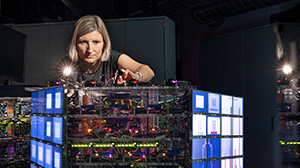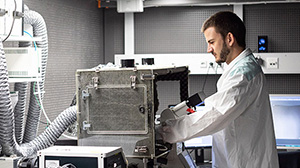Researchers at the University of Basel
The University of Basel provides its researchers with optimal research conditions, significantly contributing to scientific progress, innovative power, and the appeal of the cultural and economic region of Basel. The university is rooted in the local community and globally connected, addressing challenges in promising research fields. On the following pages, scientists from a diverse range of disciplines and various career stages introduce themselves.



